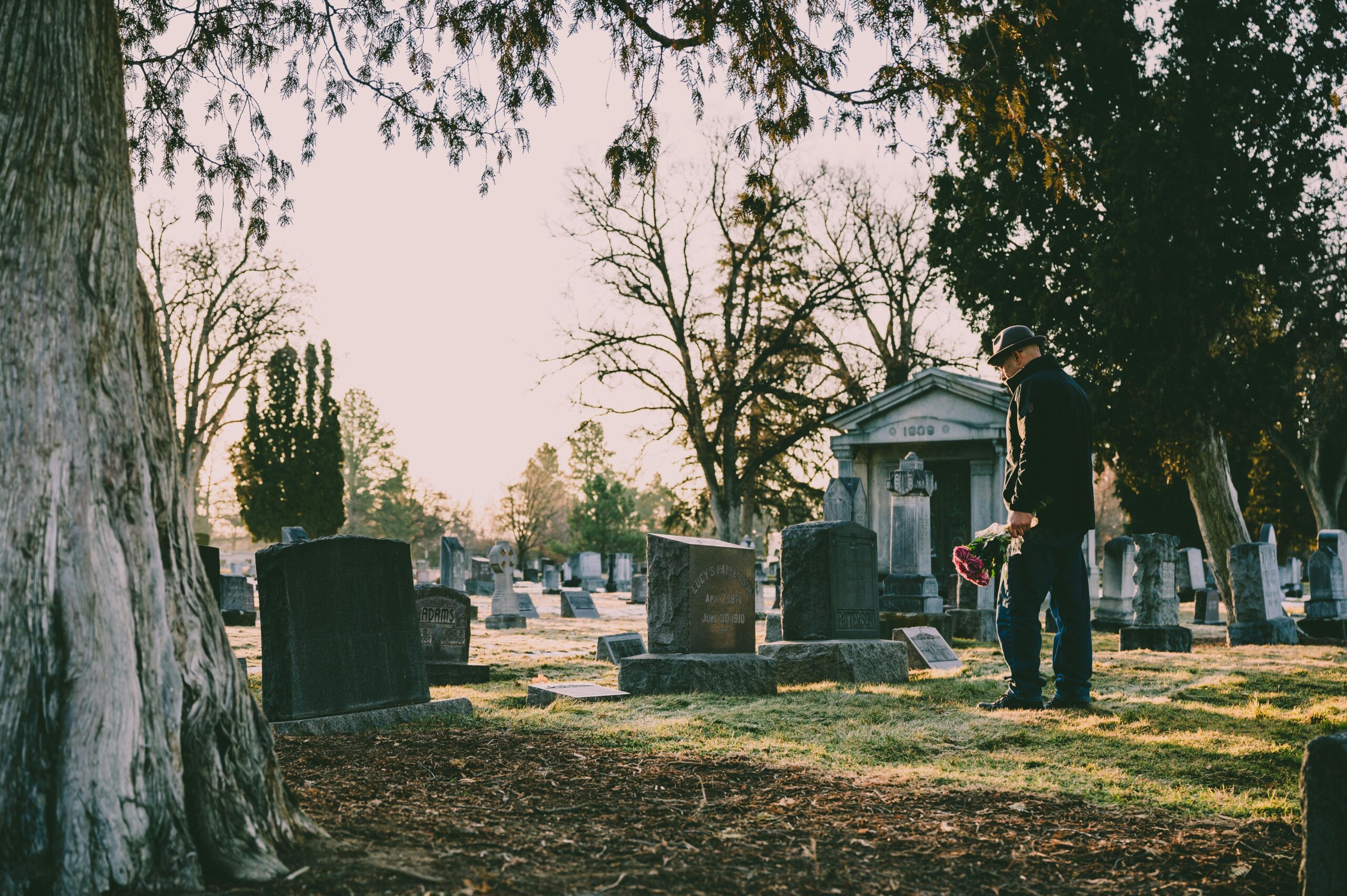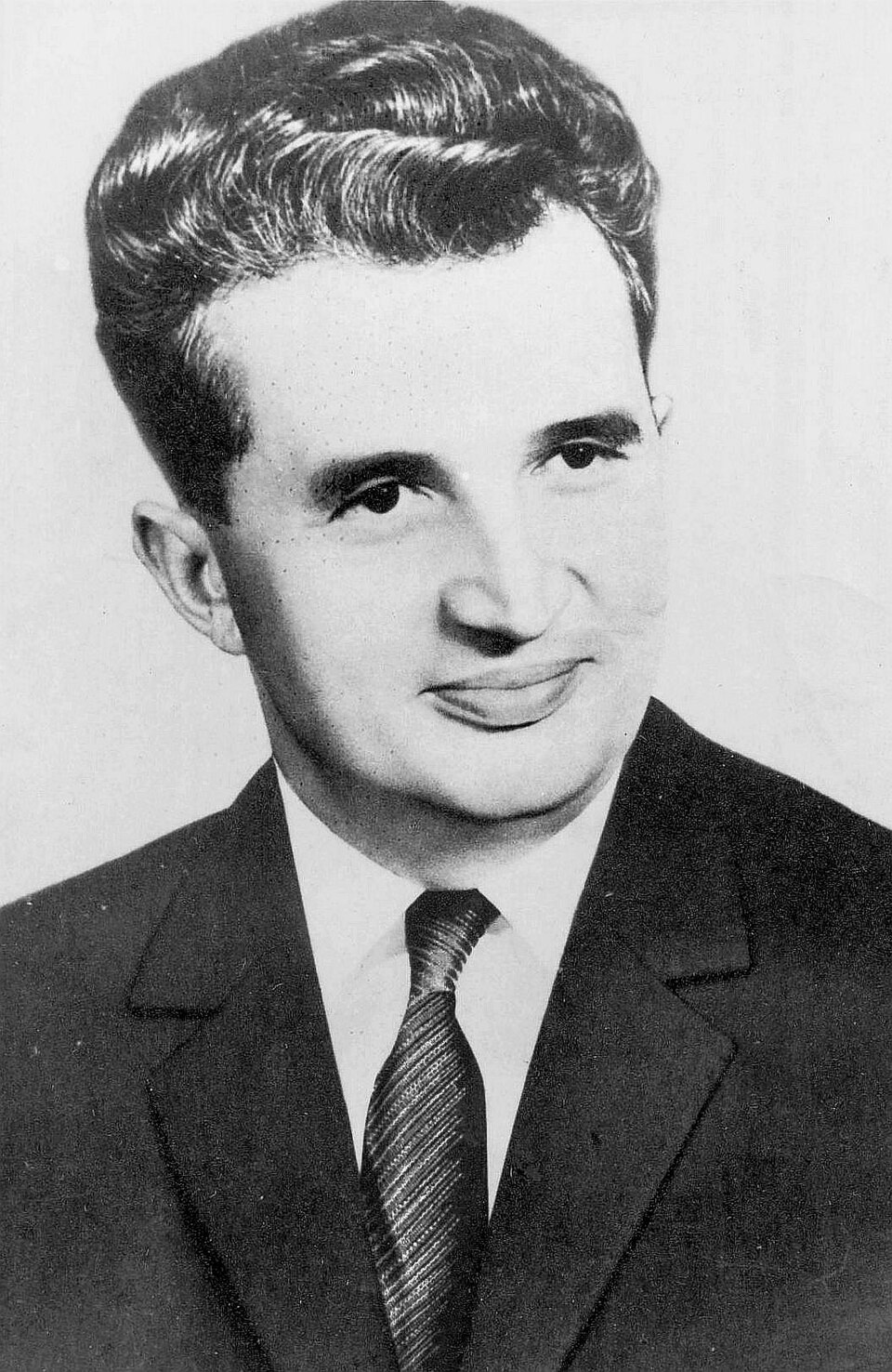
Religion has been a big part of many Americans’ lives since the first Europeans’ arrival in the New World. This is evident in the Pledge of Allegiance, many of us grew up repeating daily in school, “…one nation, under God…” and seeing “In god we trust” on our currency. From a sociological perspective, religion can be studied as a tool for social cohesion, meaning, and maintaining social order. Over the course of American history, we have had a segment of the populace believing that Christianity should have influence in our laws and on our political leaders. This is nothing new. We saw this one hundred years ago when a schoolteacher in the South was challenged for teaching the theory of evolution in the famous case State of Tennessee v. Scopes. However, in this century, we have seen the push for more influence from religion directly in government. The line between religion and politics continues to be blurred.
Religion as an Opportunity
Our nation’s founders enshrined in the Constitution a separation of church and state, an idea that was far ahead of its time. Certainly, many founders were raised in Christianity and believed and practiced it themselves, but did not necessarily intend to have a country dictated by Christian doctrine. This line has been tested for decades. In the 1970s, as republicans saw they were becoming less popular, they decided to court the evangelical White vote by incorporating anti-abortion into their platform. This allowed the GOP (Grand Old Party, a nickname for the Republican Party) to be a vehicle where the Christian right could grow and thrive. Of course, around fifty years later, republicans succeeded in overturning the landmark case Roe v. Wade in 2022. In more recent times, we have seen a growth in Christian nationalism, an idea that touts the U.S. was founded on Christian values by Christians; therefore, Christians should have special privilege and influence economically, socially, and politically. Not only in the U.S. but also in other large democracies such as India and Israel, we see the heavy influence religion wields. This has been building for some time now, but has become more obvious in the U.S. Even though in the U.S., Christian Nationalists represent a minority of Americans at 10 percent, they represent a threat to a majority of Americans who do not want their government to resemble a theocracy.
Religion-infused Government
 There are theocratically inclined groups gaining speed in American society. Examples such as the New Apostolic Reformation (NAR) in areas like government and the judicial system. Some have gone as far as to say only Christians should run for political office. In the U.S., the republicans’ push to gain voters by exploiting evangelical Christians through the abortion issue is relatively new. Certain Christians in America say that Christianity is under attack. Though initially denying supporting it, Donald Trump has furthered the Christian nationalist agenda by supporting the Heritage Foundation’s Project 2025. The architect of Project 2025 is a part of the White House now: Russell Vought. Additionally, 140 previous Trump staffers helped craft the blueprint for radically reshaping the executive branch, rolling back women’s reproductive rights, LGBTQ+ rights, and immigrant rights. The Heritage Foundation is a right-leaning think tank dedicated to putting right-wing ideals into action for the government. Project 2025 represents a major shift in power for the Christian right and has achieved 116 of 317 objectives; about halfway completed. Although there are many examples of the political right rising throughout the world, one example seems to be intimately intertwined with religion as well.
There are theocratically inclined groups gaining speed in American society. Examples such as the New Apostolic Reformation (NAR) in areas like government and the judicial system. Some have gone as far as to say only Christians should run for political office. In the U.S., the republicans’ push to gain voters by exploiting evangelical Christians through the abortion issue is relatively new. Certain Christians in America say that Christianity is under attack. Though initially denying supporting it, Donald Trump has furthered the Christian nationalist agenda by supporting the Heritage Foundation’s Project 2025. The architect of Project 2025 is a part of the White House now: Russell Vought. Additionally, 140 previous Trump staffers helped craft the blueprint for radically reshaping the executive branch, rolling back women’s reproductive rights, LGBTQ+ rights, and immigrant rights. The Heritage Foundation is a right-leaning think tank dedicated to putting right-wing ideals into action for the government. Project 2025 represents a major shift in power for the Christian right and has achieved 116 of 317 objectives; about halfway completed. Although there are many examples of the political right rising throughout the world, one example seems to be intimately intertwined with religion as well.
Similarly, the Hindu nationalist vote, courted by the Bharatiya Janata Party (BJP) in India, was vital for victory as Hindus represent about 79 percent of the country. Religion is thus used in these situations as a tool to gain power and as a shield, protecting otherwise objectionable moves by implying these are approved by a righteous authority. In India, the BJP campaign promise of building a temple dedicated to Ram in Ayodhya over the destroyed remains of the Babri Mosque was fulfilled after the Indian Supreme Court ruled in 2019 that construction could go forward. Though donations funded the temple itself, the government spent billions to revamp the infrastructure of the city to ensure tourists would come, showing the Hindu first objective of the government led by Narendra Modi. Once a fringe movement in India, this is now the mainstream, and over 70 percent of Indians approve of Modi. Oftentimes, these groups represent only a fraction of the religious population, as is in the U.S., and not necessarily anywhere near what the majority of its followers believe or want. We do not see religion playing quite as a direct role as we have been seeing develop in the U.S. and in some countries abroad.
The Implications
Currently, there are six theocracies in the world today. They include Afghanistan, Iran, Mauritania, Saudi Arabia, Vatican City, and Yemen. About forty percent of U.S. adults believed that our laws should be based on Christian values as of two years ago. It is important to note that not all practicing members of an organized religion subscribe to views involving their religion dominating in politics or dominating society. Though we are not a theocracy, many Americans, and the world, watch as steps are taken to erode the rights of others and make this country look like it does not represent everyone in it. In our constitution, the founders of this country never intended it to become anything other than a democracy free from religious dominance. It makes us wonder if those attempting to make it this way have a benevolent intention or the intention to create a society in which it is unacceptable to be anything other than what is prescribed by a few in power. Despite this looming cloud, it is important to understand overall trends and not just headlines of the day. According to the General Social Survey (GSS), which has been gathering data since the 1970s, Americans’ attitudes and behaviors have become more liberal in the last fifty years. We are much more liberal on matters relating to gender, sexuality, and race. It is difficult to reconcile this progress with what we see happening now, but it is important to keep a balanced perspective on the future and consider everyone in this country rather than a select few.
Dayal is a guest blogger at UITAC Publishing. UITAC’s mission is to provide high-quality, affordable, and socially responsible online course materials.
Images used in this blog:
- “Washington state, Capitol building, Pink flowers” by Olya Adamovich is licensed by Pixabay and free to use. This image has not been altered.
- “Tennessee v. John T. Scopes Trial: George Washington Rappleyea (l) and John Thomas Scopes (r)” by Smithsonian Institution, No known copyright restrictions. This image has not been altered.
- “2014 Kapliczka przydrożna w Przecławiu 02” by Jacek Halicki is licensed under the Creative Commons Attribution-Share Alike 4.0 International license. This image has not been altered.




